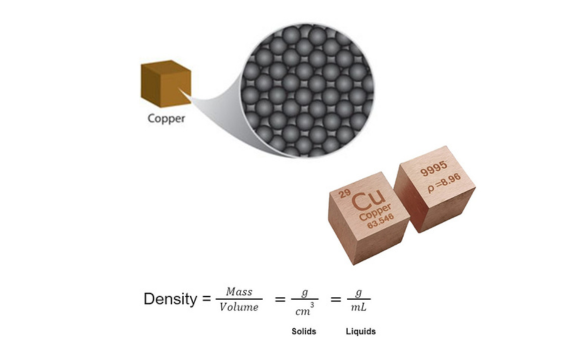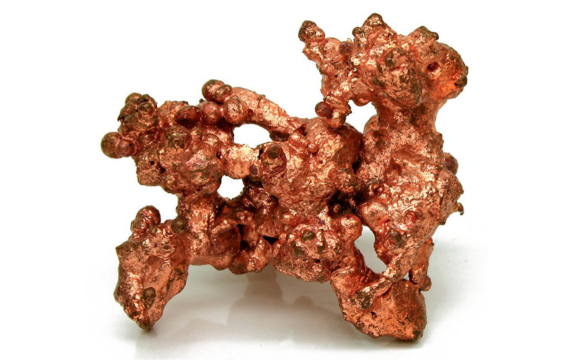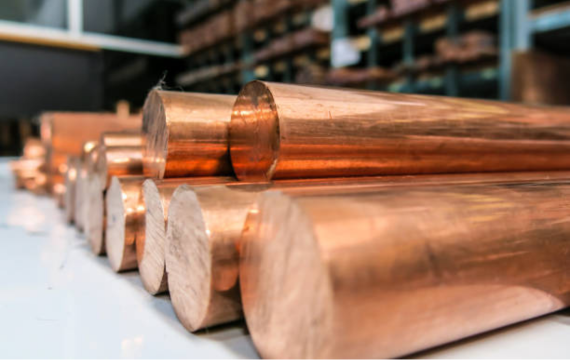In this article, we will evaluate critical aspects about the density of copper.
From discussing the exact value, density of copper alloys to factors affecting the copper density, you will find all information you need here.
Let’s dive right in.
What is the Real Density of Copper?
The real density of copper is 8.96 g/cm2. Due to this high density, copper is widely used in areas that call for toughness coupled with good conductivity of heat and electricity. Besides, the density can also be used to gauge the purity of copper, which will be important when it comes to the manufacturing process.

Factors Affecting Density of Copper
· Purity
The actual density of copper which lies at 8.96 g/cm3 depends on its purity. The density also reduces when other elements or impurities are added in the mixture and in a given substance.
For instance, if you are using copper alloys such as brass that have mixtures of zinc, then the density is going to be lower than that of pure copper. These applications require full conductivity and strength of the copper, hence the need to have high purity.
· Alloying Elements
One thing you might notice is that the density of copper varies depending on the type of metals it is combined with to make an alloy. Alloying also affects the strength and ductility of copper, which is why density should be taken into consideration when choosing materials.
· Temperature
In high temperatures, like in smelting and electrical equipment, you will find slightly less density of copper atoms than in a solid state. On the other hand, applying heat to copper material reduces in density, while cooling makes it gain density. You need to consider this thermal expansion and contraction when estimating the quantity of material needed at high temperatures.

Density of Copper Alloys
Brass (Copper-Zinc Alloy)
The density of brass is normally in the region of 8.4 to 8.7 g/cm3. It is often used in situations where corrosion and malleability of the material are important, such as in plumbing or in the making of musical instruments.
Bronze (Copper-Tin Alloy)
Bronze has a density varying between 7.4 and 8.8 g/cm3, which largely depends on the content of tin. Bronze is used more often in bearings, bushings, and sculptures for art work since it offers strong wear and tear.
Cupronickel (copper-nickel alloy)
Cupronickel, which has a density of about 8.9 g/cm2, and has exceptional corrosion resistance, particularly in marine areas. This makes it suitable for use in shipbuilding, the manufacturing of coins, as well as the fabrication of pipes.

Comparing Density of Copper to Common Metals
Now let’s compare the copper density to other metals:
| Metal | Density (g/cm³) |
| Copper | 8.96 |
| Aluminum | 2.7 |
| Steel | 7.85 |
| Zinc | 7.14 |
| Silver | 10.49 |
| Gold | 19.32 |
| Lead | 11.34 |
Copper has a higher density than aluminum, zinc, and steel and a lower density than silver, gold, and lead.
When selecting materials for your applications, this information on density variation will assist one to understand the best combination of weight, strength, and conductivity. It is relatively denser compared to some of the other metals primarily because of enhanced durability as well as conduction characteristics.
Calculating Density of Copper
To determine the density of copper, follow the following steps:
- Mass: The mass of copper can be determined using a balance or scale.
- Volume: There are different ways to compute the volume of copper based on the shape of the copper:
- Regular Shapes: In the case of simple geometric shapes such as cubes or spheres, one can apply formulas in order to find out the volume.
- Irregular Shapes: With irregular shapes, displacement techniques can be applied: placing the copper in a graduated cylinder and noting the water volume displaced.
FAQ
1. What is the Density of Scrap Copper?
The density of scrap copper is the same as that of pure copper, which is 8 g/cc. 96 g/cm³. However, oxidation, surface contaminants, or the presence of other metals in the scrap causes the apparent density to slightly deviate therefrom.
It is worth saying that if you are working with scrap copper, some impurities and defects may be included to consider, but the base material density will remain the same as in pure copper.
Conclusion
As you can see copper is one of the few metals with slightly higher density. However, the density may vary depending on the degree of purity or alloy composition.
More importantly, with the knowledge on density, you can choose the right copper material for any application.
More resources:
What is Copper – Source: KDM
Does Copper Rust – Source: KDM
Copper Melting Point – Source: KDM




